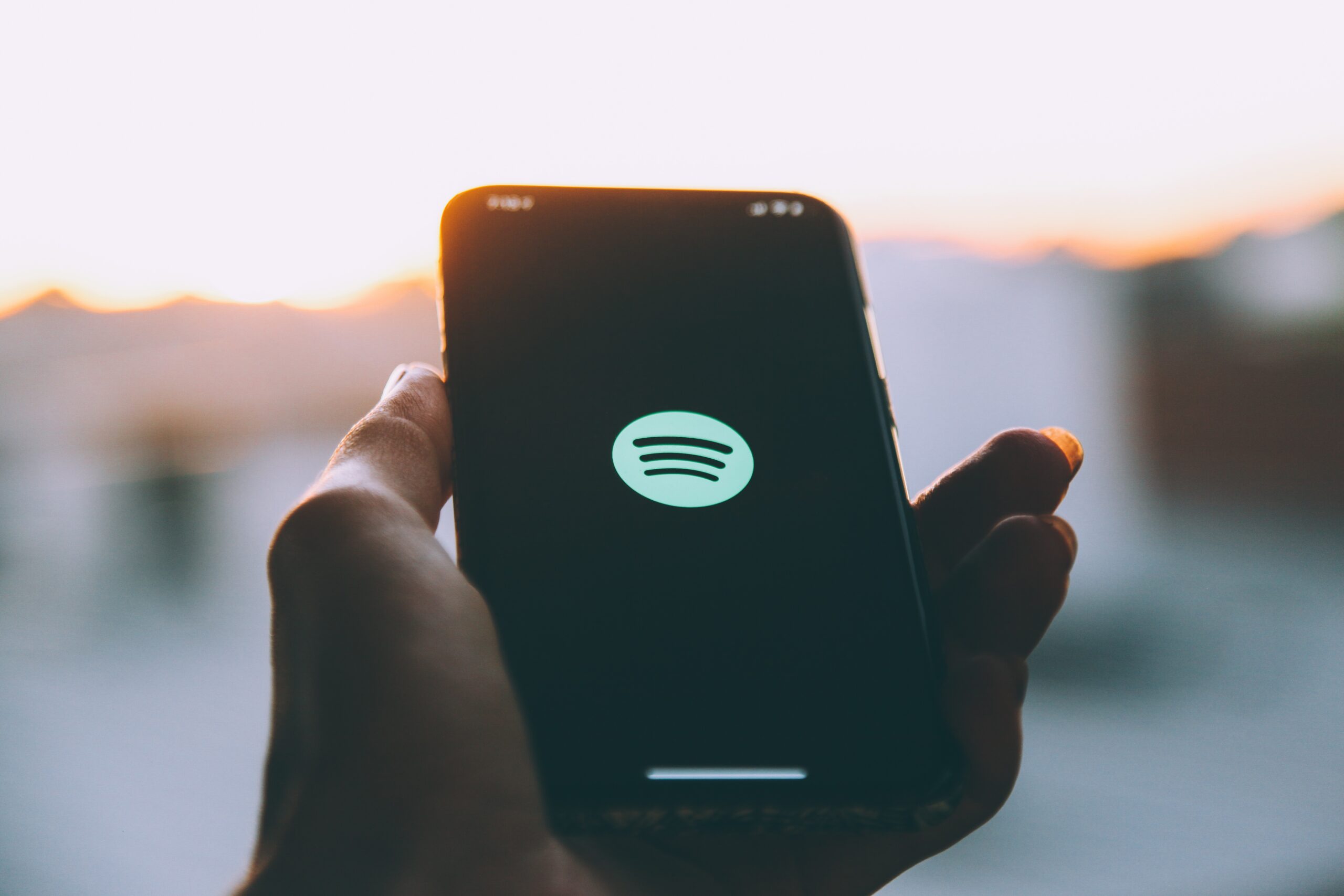5 Questions
Alex Norström, Chief Freemium Business Officer, Spotify
Alex Norström, Chief Freemium Business Officer, Spotify
Closing out 2020 with our annual “Wrapped” campaign, we were challenged to tell stories that were authentic to the experience of many, yet true to Spotify and what our fans have come to expect. We learned that both creators and fans were looking to “Wrapped” to grant relief and respite during such a challenging year. Through our brand work, we supported Spotify fans when they most needed it.
We wanted to maintain the momentum of “Wrapped” and provide creators and listeners with new tools and features that allowed them to connect with Spotify in a new and personal way. In spring we launched “Only You”, an opportunity to celebrate the diversity of listeners and communities on our platform. Through our scale, content and credibility in data-driven experiences we celebrated individuality in a way that only Spotify can, ultimately growing our connection with our listeners and strengthening our brand love. These brand experiences coupled with a fresh take on new content initiatives, such as our exclusive podcast deal with Barack Obama and Bruce Springsteen, allowed us to take a clear position in the cultural conversation.
This year we have solidified our global footprint with a roll out that enabled usage of Spotify in over 80 new markets, our biggest market expansion to date. We’re fully committed to building a truly borderless audio ecosystem that connects creators, listeners and content and we now connect 365 million monthly active users across 178 countries. This huge effort saw us adding 36 new languages to our platform this year. We’re proud of this achievement, especially when we think back to how far we’ve come since launching in our home market of Sweden, back in 2008. Now sounds and stories that once remained local can reach a global audience. A great example of this is the launch of our Gengetone Fire playlist, a celebration of Kenya’s emerging Gengetone genre. We’re also enjoying working closely with local creators and partners and tailoring our local marketing programs to deliver a Spotify experience that meets the unique needs of each market.

Absolutely! At Spotify, culture is our currency, and we believe it is important to evolve and shift along with culture and the needs of those that our product is built to serve, whether they be listeners or creators. Staying nimble is core to our brand; if we wish to stay at the forefront of culture in our shifting world there is no other way.

It is then our duty to listen to and understand these shifts so that we continue to deliver the experience our listeners and creators need.
Since our inception, Spotify has been a disrupter and innovator. Our founder, Daniel Ek, built Spotify to give consumers what they were craving, while finding a way to benefit creators in the process. That ethos infuses how we show up in the world every day, the decisions we make as a brand now and how we’ll move into the future. The democratization of access to audio will forever be a part of our DNA.
Our industry sector simply didn’t exist before we arrived. Nowadays, when people think of audio streaming, they think Spotify, but the landscape is expanding and constantly evolving because there are new entrants and players emerging across dynamic industries. It’s more important to build a strong brand that connects meaningfully and relevantly with users in ways that are unique to their own listening habits, rather than focusing on specific category or industry assumptions.
Spotify has to deliver on its purpose in every life-stage, in every community around the world. As users around the world continue to adopt Spotify, we must always reflect the diversity of our global footprint and place our listeners at the center of the evolving audio experience. With more than 70 million tracks, 2.9 million podcasts and 4 billion playlists on the platform we have the privilege and opportunity to connect listeners with a truly global listening experience – whether that’s helping listeners in Trinidad and Tobago connect to Today’s Top Hits, or ensuring a Brazilian fan can enjoy the very best of Kpop. From personal recommendations on the platform, to locally relevant marketing approaches, we are always putting the listener at the center of everything we do.
The democratization of access to audio will forever be a part of our DNA.
Spotify has always aspired to contribute to society in a meaningful way. Our social impact work has developed our brand voice and is a crucial factor in our cultural positioning and ethos. The past two years have demonstrated the need for brands to use their influence. At Spotify we’re committed to leveraging the power of our platform to amplify marginalized voices. Efforts like “Frequency”, our new global initiative which cultivates a holistic destination for the celebration of Black art, and “EQUAL”, our most recent commitment to fostering equity for women in music globally, help to solidify our role in shaping culture and discourse in an impactful way. Spotify is built on the principle that transparency breeds trust, and we strive for radical transparency with employees, creators, and customers alike.
Cultural trends are profoundly reflected on the Spotify platform, so we expect that shifting consumer priorities will continue to manifest themselves. It is then our duty to listen to and understand these shifts so that we continue to deliver the experience our listeners and creators need.